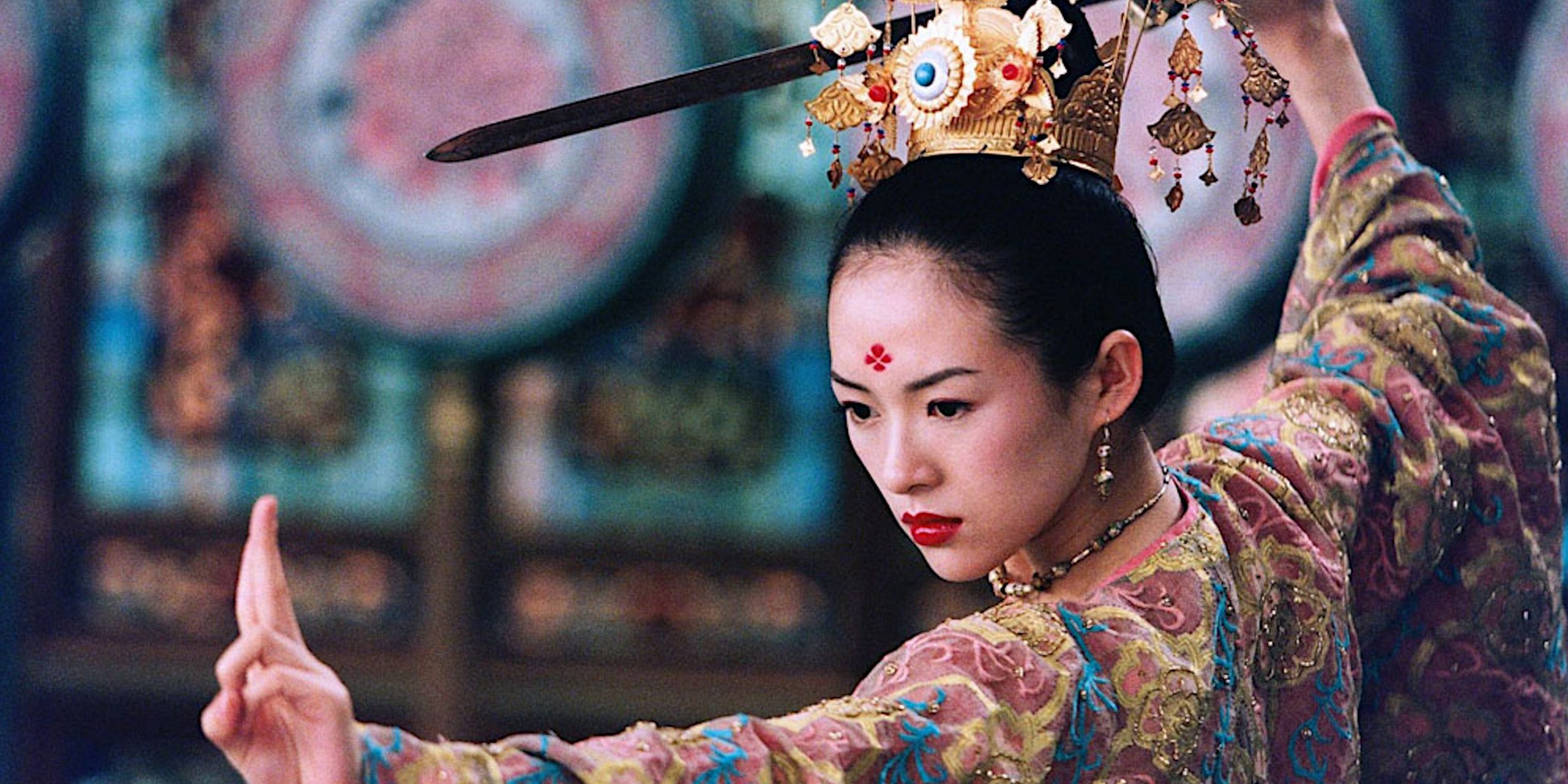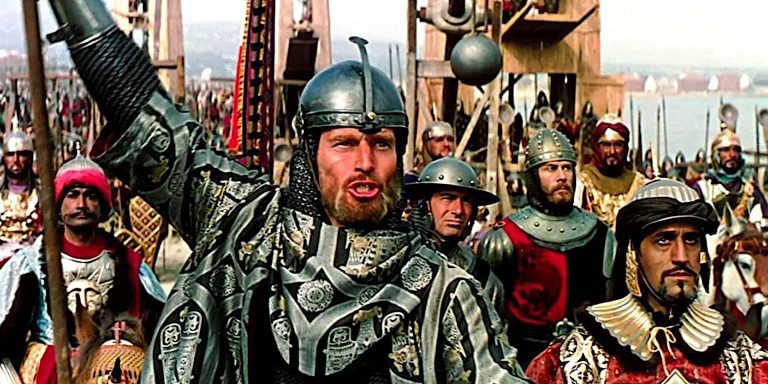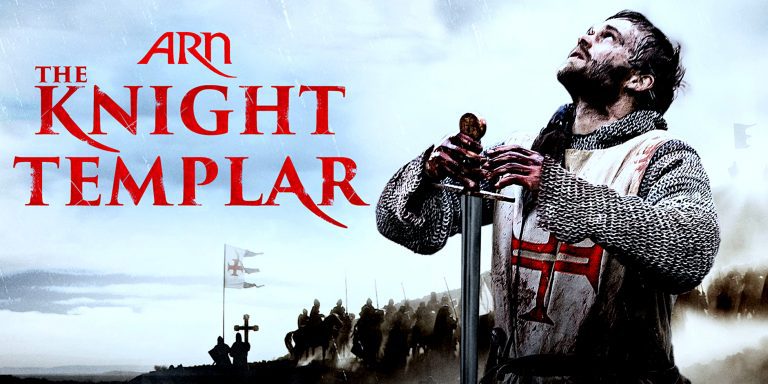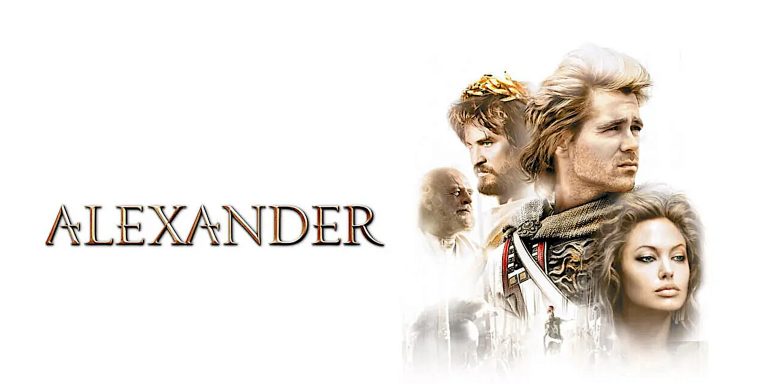
House of Flying Daggers (2004), directed by Zhang Yimou, is widely recognised for its stunning visual poetry and martial arts sequences that merge grace with violence. The film doesn’t just present combat as a necessity of the narrative but elevates it to an expressive art form. At its heart, this is a story told through movement, and the choreography plays a defining role in both its aesthetic and emotional rhythm.
Martial Arts as Performance

The film draws heavily from traditional Chinese wuxia, where combat transcends brute force and becomes a display of spiritual and physical refinement. Every duel and pursuit sequence is choreographed with an acute awareness of rhythm, space and emotion. The characters do not fight to overpower, but to express longing, conflict and honour.
Much of the action employs wire-fu techniques, yet rather than feeling exaggerated or disconnected, these movements contribute to the mythic tone. Combat is suspended between realism and fantasy, often unfolding like a dance, where every leap, turn and block is laced with dramatic meaning.
The Echo Game Scene

One of the most iconic sequences, the Echo Game, is more than a test of skill. It functions as a character revelation. Mei (Zhang Ziyi), a blind dancer, is challenged to strike drums by listening to the sound of beans thrown against them. The scene begins quietly, with the soft patter of beans and drums filling the air, then escalates into a mesmerising pattern of movement, tension and suspended time.
Here, choreography is used to reveal trust, vulnerability and tension between Mei and Jin (Takeshi Kaneshiro). It is not a duel in the conventional sense, but a dance of testing and veiled intention.
Combat in Natural Environments

Zhang Yimou places many of the film’s fights within visually striking natural landscapes: bamboo forests, autumn fields, snowy plains. These settings are not just picturesque backdrops but active participants in the choreography. In the bamboo grove scene, gravity is softened. Fighters leap between swaying trunks with elegance rather than urgency. Movements are fluid, uninterrupted by the clumsiness of realistic physics.
This setting allows the choreography to communicate something ethereal. Blades clash, but the violence is framed like a ballet, with each movement tied to the rustling of leaves or the bend of a branch.
Weapons and Style
Each character’s weapon reflects personality and purpose. The titular flying daggers are both a weapon and a symbol. Used by Mei and members of the secret resistance group, they are precise, fast and unpredictable. Their choreography focuses on range, timing and misdirection rather than brute power.
Swordplay in the film leans into economy of movement. Blades move with speed and elegance, rarely clashing for spectacle alone. Parrying and striking are tightly timed, with an emphasis on rhythm and timing. This restraint builds intensity without resorting to chaos.
Emotional Stakes and Motion
Unlike many action films, House of Flying Daggers ties physical conflict directly to the characters’ emotional trajectories. The final duel in the snow is a culmination not only of narrative tension but emotional collapse. Characters fight not because they are enemies, but because love, duty and betrayal have left them no other path.
Each strike, each pause, and each evasion in that final scene carries the weight of personal loss. There is no triumph, only inevitability. The choreography slows, becomes jagged, mimicking the internal devastation of the characters.
The Seven Swords takeaway
House of Flying Daggers stands apart for how it merges combat with meaning. The choreography is never disconnected from the story, never performed merely for flair. It reflects inner conflicts, articulates relationships and extends the visual language of the film far beyond dialogue.
The result is not a spectacle of violence, but a performance where every blade tells a story.
Watch House of Flying Daggers ‘Echo Game’ scene:



